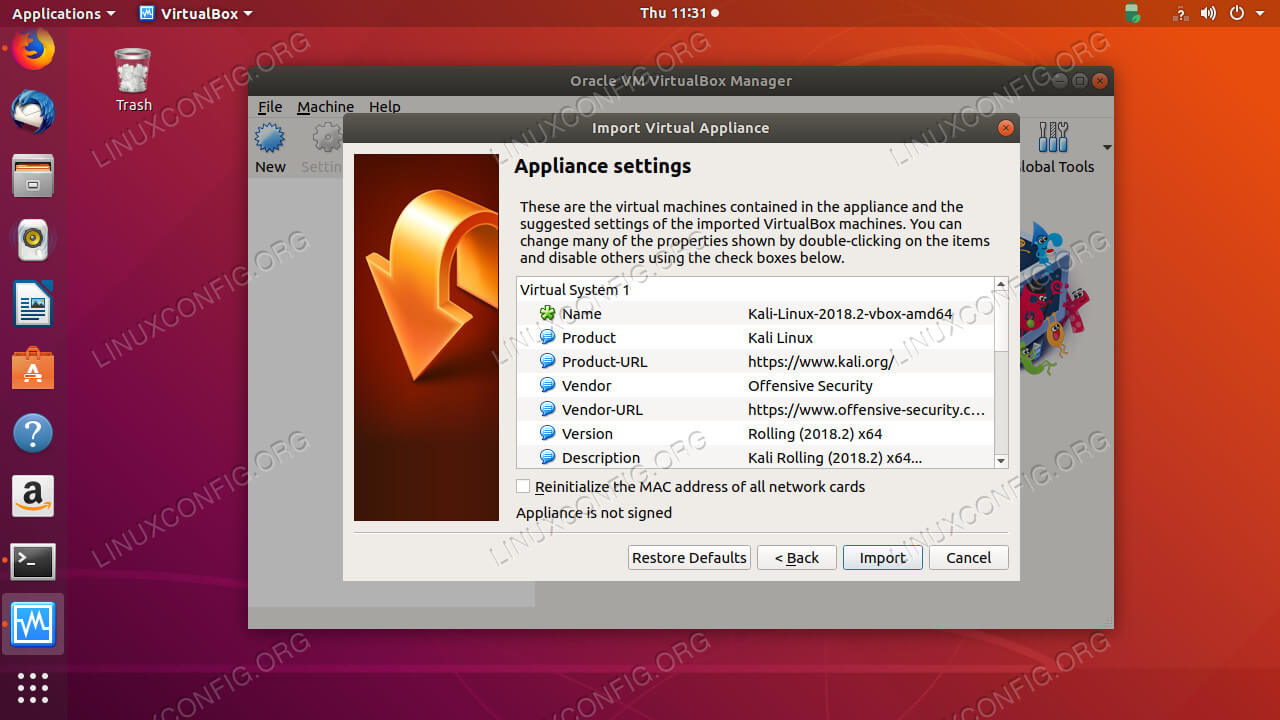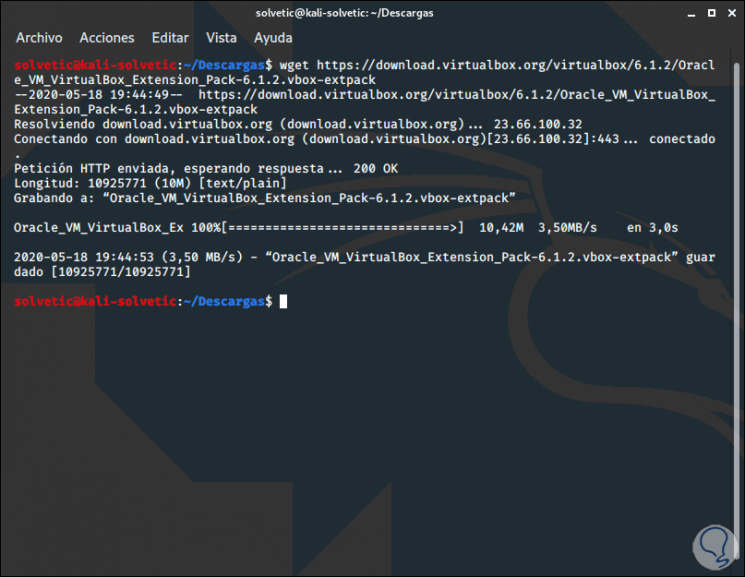
Since the default is the right selection, enter to boot into Kali linux.Ģ9. Once you get the “Installation Complete” screen, click continue.Ģ8. If we want to install grub loader then select Yes else select No option.Ģ7. If you want to check newer versions of the software available then select Yes from “Network mirror” screen, else select No and click continue.Ģ6. Installation will start now, it will take sometime around 5-10 minutes.Ģ4. Confirm the changes, select “Yes” and click continue.Ģ3. Confirm the virtual hard disk changes and click continue.Ģ2. If you are new user to Kali linux, select “All files in one partition” option, else you can try other options for advance users.Ģ1. Select and continue the default virtual hard disk which we have created earlier.Ģ0. Use the entire disk for installation, if you are advance user, you can try other options as well.ġ9. By default Kali user is Root, so enter password for it and click continue.ġ8. Enter the domain name, leave it blank if not using any specific domain.ġ7. Leave it default to “Kali” and click continue.ġ6. Installation will start loading the additional component.ġ5.

Select your keyboard layout and click continue.ġ4. Select “Graphical Install” from the following screen to start the installation.ġ3.

From main screen, start your newly created virtual machine “Kali Linux”. Then Select Storage > Controller : IDE from the settings windows and browse for the ISO file for the Kali linux as shown below. To know more about PAE and NX click here.ĩ. Click on System > Processor and check the Enable PAE/NX setting and click OK as shown in the following screenshot.

From the main screen, right click on the newly created virtual machine “kali linux” and select “Settings.”. From the “File location and size” window, set the virtual machine drive size to 12 GB and click create. From the “Storage on physical drive”, keep the default option which is “dynamic allocated” and click next.ħ. Now you need to select a hard drive file type. Default size is 8 GB, but I recommend to keep it to more than 10 GB. From the next screen, you can either create a new virtual hard drive or use existing virtual drive. Select the memory size from the screen and click Next. Change version to Linux 2.6/3.x (64 bit) If you are installing 64 bit version of Kali linux. Enter the name “Kali Linux”, type and version was auto populated. Click on New to create a new virtual machine.Ģ. Steps:ġ. After installing virtualbox, open it.

In this article, I am using latest version 4.3.6 of virtualbox. Kali Linux can be downloaded from here and VirtualBox can be downloaded from here. VirtualBox is an open source general-purpose full virtualizer for x86 hardware, targeted at server, desktop and embedded use. In this article, let’s see how to install Kali Linux 1.0.6 in Virtual Box. Virtualization is great way to deal with multiple operating systems on a machine.


 0 kommentar(er)
0 kommentar(er)
